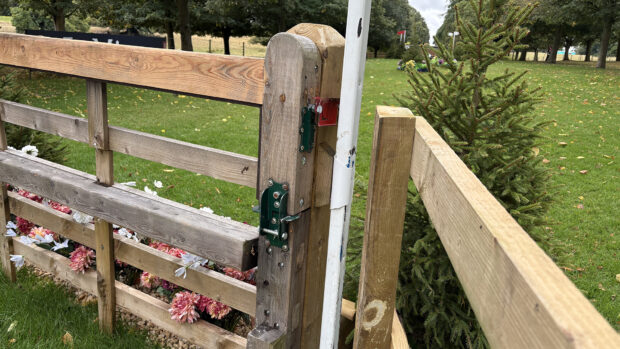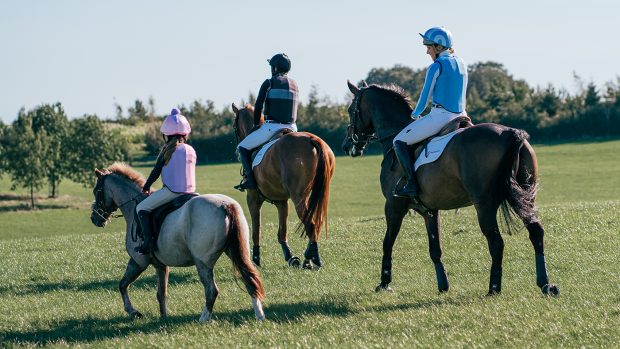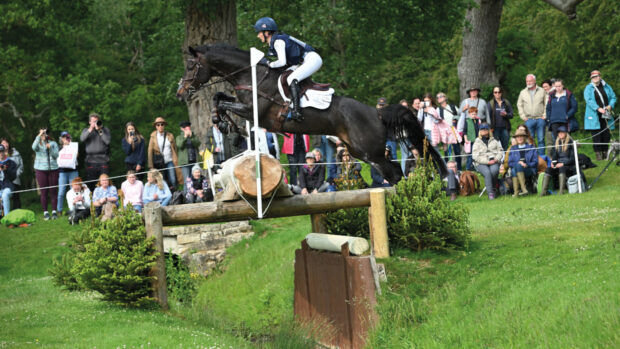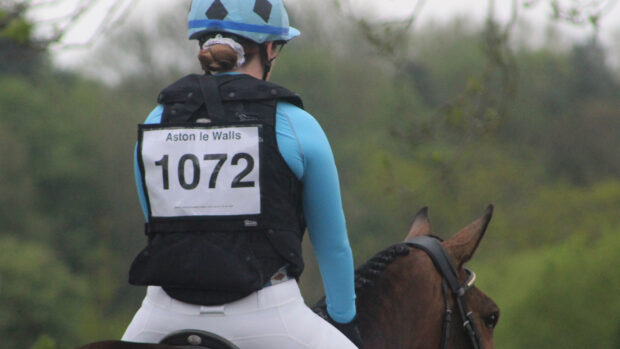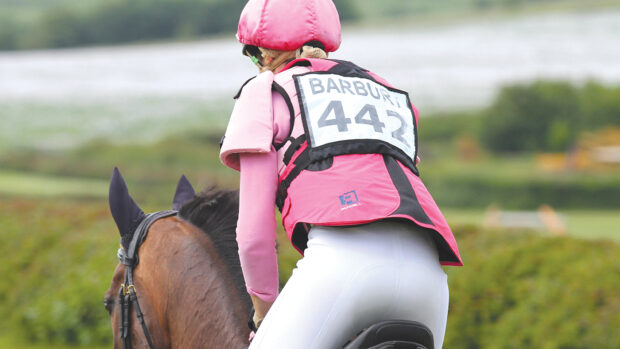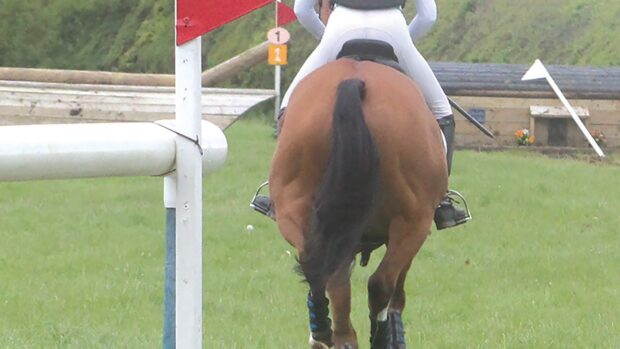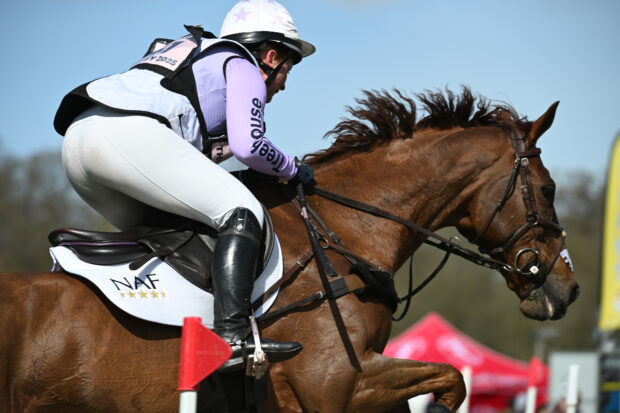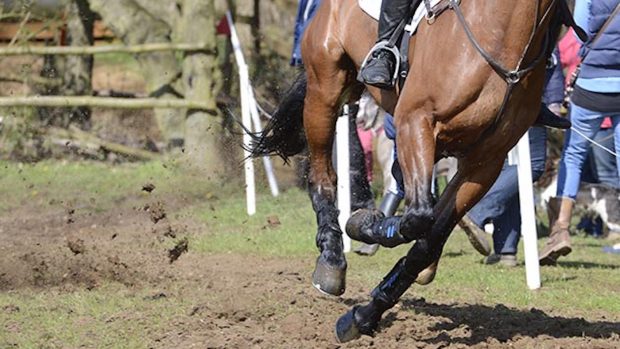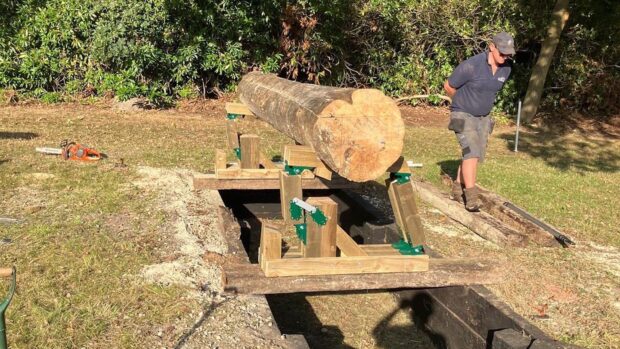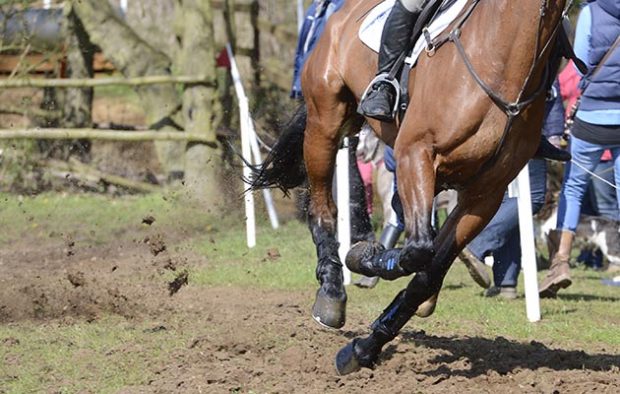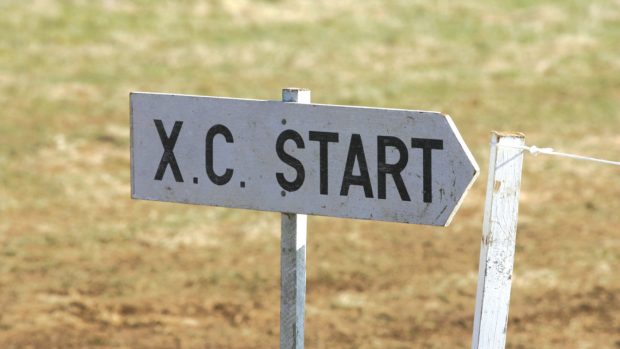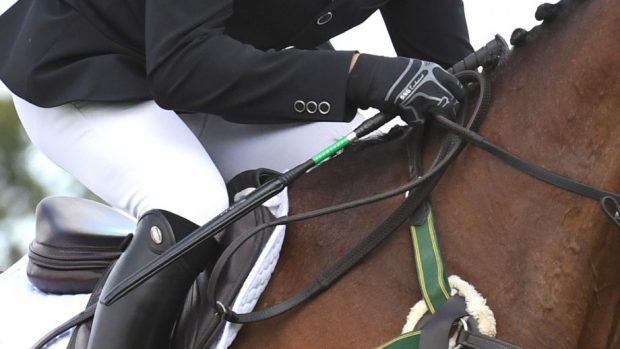Eventing safety
Eventing safety is a hot topic in the sport. Cross-country, one of the three phases of eventing, will always be an activity with an element of risk because it involves horses and riders jumping solid fences at speed.
Everyone will fall at some point if they ride cross-country frequently and while many falls are innocuous, serious injuries to riders and horses do occur and occasionally even fatalities.
It is generally accepted that the falls which carry the highest risk are those in which the horse falls as well as the rider, particularly rotational falls in which a horse turns right over and lands on top of the rider.
The fight to improve eventing safety is one with many different aspects.
Cross-country course-design and build is a vital part of managing risk in eventing. Fences which deliberately collapse on impact can be used in some situations – British frangible pins and Swedish MIMclips are examples of frangible technology which are approved for use internationally.
Improvements in safety clothing are also part of risk management, as are communications between riders and officials and channels being available for riders to speak up if they are concerned about a fence.
The role of education and rider responsibility in eventing safety is also vital, with riders encouraged to be realistic about whether they are ready to move up a level, regardless of whether they have the right qualifications to do so. The Irish company EquiRatings has been at the forefront of discussions about how data can be used to help manage risk and give riders better information about whether they should tackle a certain level of course.
